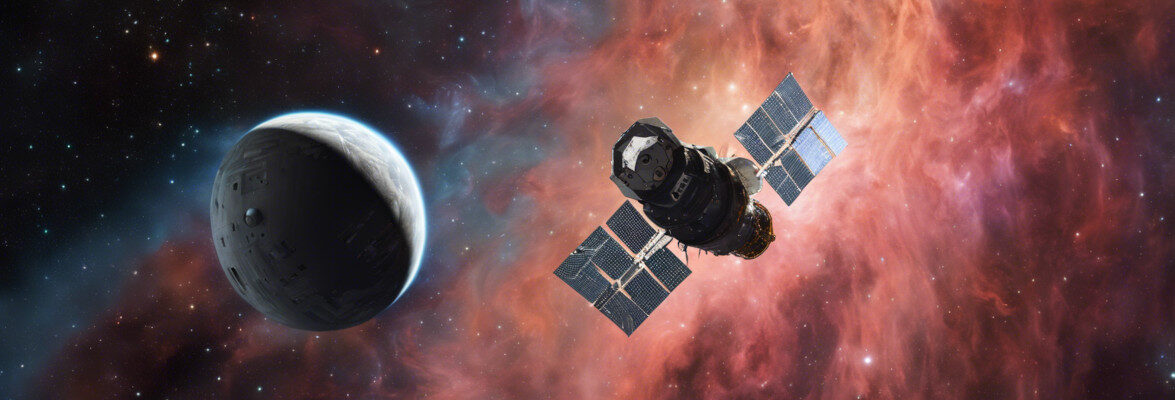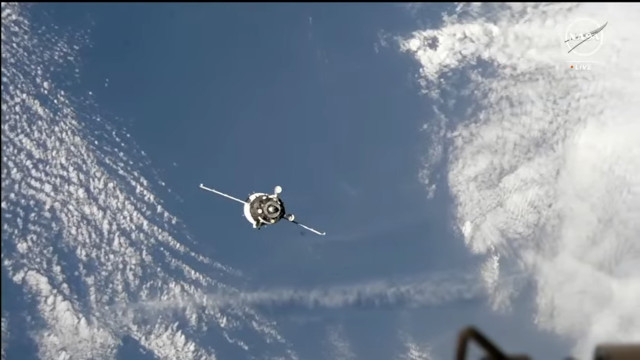
Mission CRS-30 accomplished: the SpaceX Dragon spacecraft has come back to Earth
A few hours ago, SpaceX’s Dragon spacecraft ended its CRS-30 (Cargo Resupply Service 30) mission for NASA splashing down smoothly off the Florida Coast. The Dragon left the International Space Station a little more than 36 hours earlier. For SpaceX, this was the 10th mission of the 2nd contract with NASA to transport supplies to the Station with the new version of the Dragon cargo spacecraft.
Shortly after the splashdown, SpaceX’s recovery ship went to retrieve the Dragon to transport it to the coast. The cargo brought back to Earth will be delivered to NASA within a few hours. The Dragon spacecraft reached the International Space Station on March 23, 2024.





